Containers such as these usually contain industrial waste.
Click on image for full size
Groundwater contaminants
Septic tanks, city dumps, and watery waste from human activity may contaminate groundwater. Among many things which contribute to contamination are chemicals found in laundry detergents.
Lots of salt on icy roads in the winter may lead to sodium chloride (NaCl) contamination.
Another very common contaminant to ground water is some fertilizers used in farming which are healthy for plants, but toxic to humans.
You might also be interested in:
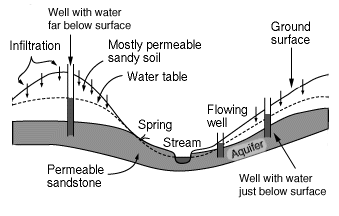
An aquifer is the name for a layer of rock which is capable of holding a large amount of water. Some layers are better at holding water than others, for example a layer of sandstone can hold a good deal
...more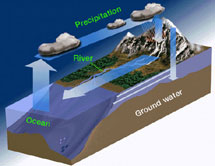
Limestone is an example of a carbonate. Other examples of carbonates include calcite, dolomite, and marble. Limestone dissolves easily in rainwater, especially rainwater which is loaded with carbonic acid.
...more
Have you ever left a glass of water out for a long time? Did you notice that the water disappears after a few days? That's because it evaporated! Evaporation is when water passes from a liquid to a gas.
...more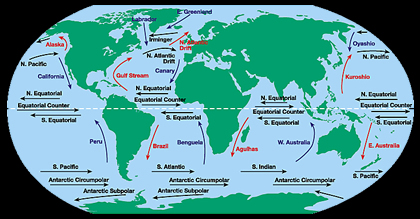
The water at the ocean surface is moved by powerful wind. The wind is able to move the top 400 meters of the ocean. This moving water is called surface ocean currents. Surface ocean currents form large
...more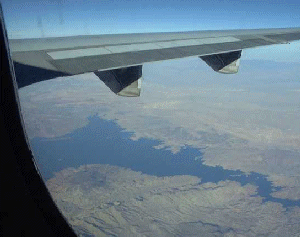
Rivers are very important to Earth because they are major forces that shape the landscape. Also, they provide transportation and water for drinking, washing and farming. Rivers can flow on land or underground
...more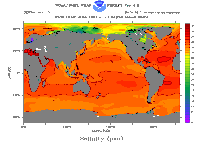
Almost 3/4 of the Earth is covered with water. Almost all of that water is in the oceans. Have you ever been swimming in the ocean? If you have and you accidentally got water in your mouth, you know the
...more
Do you know what scuba stands for? It means self-contained, underwater breathing apparatus. What does that mean? Well, it means that divers carry their air with them when they dive! There are different
...more















